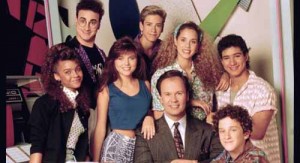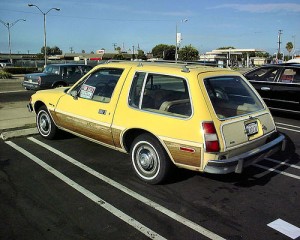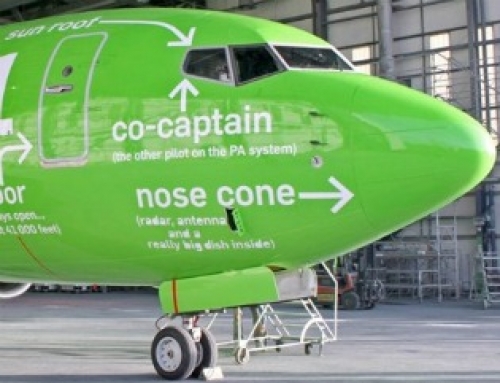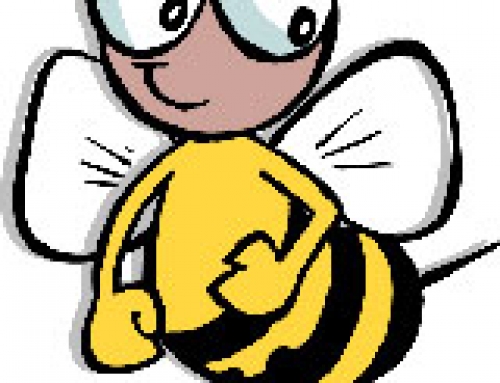 We all learn to share in kindergarten; learn to divide and find our demographic in junior high, and discover in high school that it’s possible to be part of a social clique, yet still cater to (i.e. not get bullied, scowled, or hated by) numerous social groups in the ecosystem that was our high school experience.
We all learn to share in kindergarten; learn to divide and find our demographic in junior high, and discover in high school that it’s possible to be part of a social clique, yet still cater to (i.e. not get bullied, scowled, or hated by) numerous social groups in the ecosystem that was our high school experience.
In high school it was all about product branding and positioning in the market: what you wore, events in which you were involved, what you drove, and how much social influence your affiliates possessed.
First what you wore: your image, your CI, your product packaging, and what it said about you. We all sat at lunch or before first period scoping the business environment – looking at what the trend setters were wearing, quickly identifying household incomes by shoes and labels, and almost instantaneously being able to predict class schedules, activities, and broad personality types based on shoes, pants, and shirt-types. (It was all very stressful for those wanting to break away from who they were in junior high, indeed.) Knowing these certain fundamental aspects of someone’s personality based on appearance and one’s personal product branding allowed you to know topics of interest, discussion, and what things or issues to avoid. Already, you’re shaping your marketing message.
Events were always a dead giveaway for how to fit into the high school market. The sports demographic had its clear sub-cultures: football vs soccer vs water polo vs soft and baseball… my school even had an agriculture department where I believe “herding” was an elective. No matter how much we like to not pigeonhole – there are underpinning truths about events and their relationship to one’s belief system, culture, and status within a community. All of those affected the dominant “consumer psychology” within a group of event participants… no different than marketing to a group who would attend a rock vs. country music concert. Event attendance and participation are a very powerful tools that gave you mountains of insight into how to communicate with a particular person or group. Back then the popular kids were amazingly adept at adapting their brand based on which event they were attending. That ability to adapt allowed them to more easily move amongst many social cliques and be liked by groups who normally did not see eye to eye. In marketing… be the popular kid… start by learning how to be the social group chameleon. It is extremely important to note, however, that one must be “real” when marketing to culture of a new group. You don’t have to change who you are, you just have to participate and your method of communication: boisterous and jocular with some, or cool and collected with others.
What car you drove (oh the humanity!). Let’s just say that this writer’s first car was a 1976 canary yellow AMC Pacer… the very year Wayne’s World came out, no less. A branding hurdle to get over, indeed. Cars demonstrated not only social status, but what is important (mud on the tires, giant stereos, spotless and detailed or McDonald’s cups thrown in the backseat). In cars we saw financial ability and how people use (what at the time) what is the most important “tool” they owned. Seeing how people use their most prized possession tells you a lot about a person: share, hide, protect, show off, etc.
And finally, all those affiliate marketers: our close friends (business partners), our circle (strategic partners) and our acquaintances (affiliates who were great and helping us get into new markets). Picking up a new affiliate in a coveted social clique was always a huge win in high school. It would open a door, give you more reach, and improve your word of mouth. Your affiliates said just as much about you as you could about yourself. For broad brand awareness, diversification was a key, and your closest friends truly demonstrated “who you are” (if any of us really knew back then).
When struggling to find new ways to get your brand out into the world… remember high school. We grow up. We get a little more patient with adults, compromise, and stop lights. But the basic psychology of popularity and interacting within or outside our normal social circles – always goes back to what we learned in high school.








